The Qualcomm Snapdragon Technology Summit has progressed to the third day and talked about VR / AR related topics.
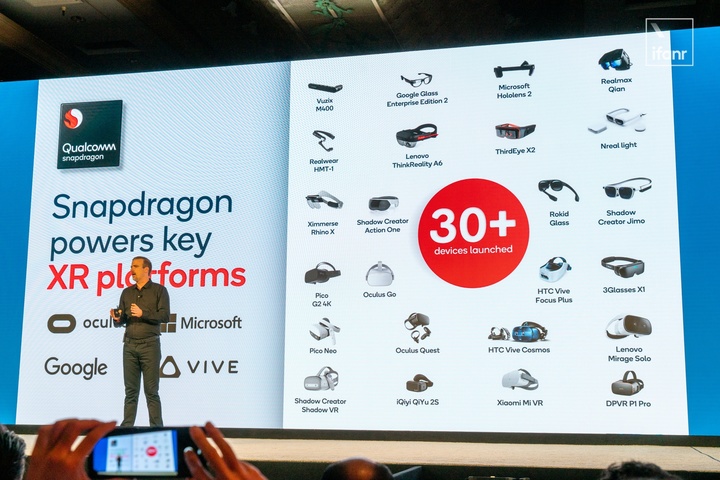
Today, Qualcomm officially released the second generation of the Snapdragon XR platform. The “XR” mentioned here is a hybrid platform that covers multiple fields such as VR, AR and MR. Previously, Oculus Quest, HTC Vive Focus and other VR The all-in-one machine uses Qualcomm’s first-generation XR. At present, more than 30 VR / AR devices on the market have adopted Qualcomm’s first-generation XR platform.
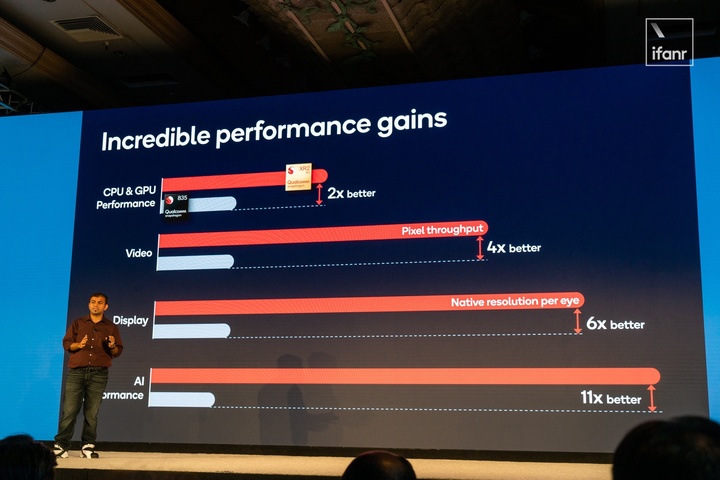
What improvements have been made to the new XR2? According to Qualcomm, its CPU and GPU performance will be 2 times faster than the original XR with Snapdragon 835, as well as 4 times the video bandwidth improvement and 11 times the AI performance improvement.
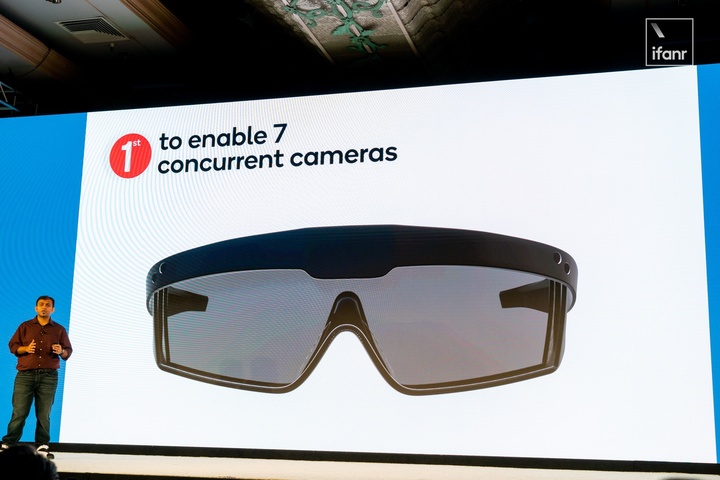
In addition, the Snapdragon XR2 platform also supports the use of up to 7 cameras with computer vision in parallel. These cameras will track the user’s head, lips, and eyeballs in real time, and support 26-point hand bone tracking, allowing users to virtualize Better observation, interaction, and creation in the real world.
With enhanced performance, XR2 will also support higher-resolution screens, allowing users to obtain a better visual experience and immersive look and feel.
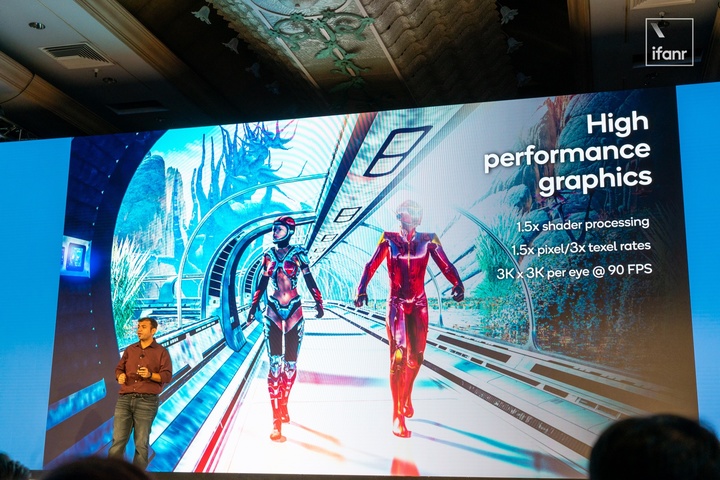
Qualcomm said that devices developed based on the XR2 platform can use a single-eye screen with a resolution of 3K x 3K and output content at a rate of 90 frames per second; or transmit and play an 8K resolution video with a 360-degree viewing angle, Output at 60 frames per second.
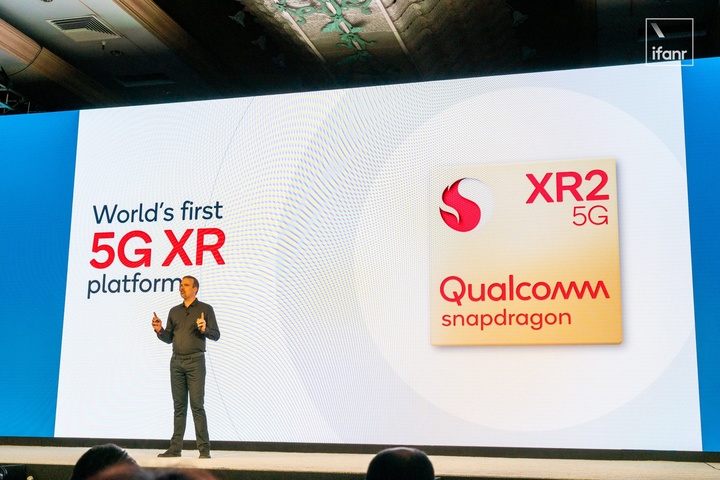
At the same time, the XR2 platform will also support 5G. This is very important. After all, high-speed, low-latency 5G networks have always been regarded as important boosters for VR / AR platforms. With 5G, these headsets do not need to be limited to indoor fixed scenarios. It is possible to leave the WiFi and go outdoors, and rely on 5G to ensure the stable transmission of content.
Qualcomm also emphasized that XR2 will be the world’s first extended reality (XR) platform to support 5G networks, and is geared towards a new era of mobile computing.

Niantic, who has developed well-known AR games such as “Pokemon Go” also gave a speech at the summit. Phil Keslin, co-founder and chief technology officer of the company, said that they will work with Qualcomm to develop on the new XR2 platform A universal reference design similar to AR glasses, this solution integrates related software, hardware and cloud services, and can be connected to mobile phones and PCs.
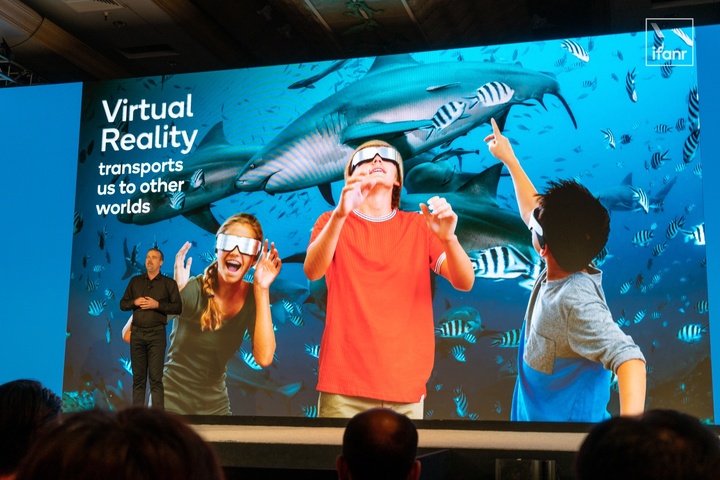
In fact, the XR2 concept device given by Qualcomm is also a product very similar to ordinary glasses.
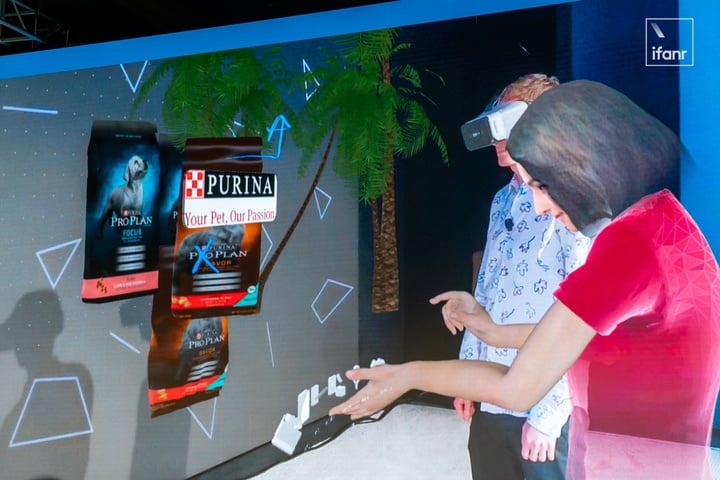

Qualcomm also demonstrated a remote conference solution developed by Spatial on the spot. With the device equipped with the XR2 platform, users can conduct remote conferences with colleagues in other places without leaving the home. Change the content in the virtual reality scene.
Qualcomm also said that many OEMs are currently planning devices based on Qualcomm’s XR2 platform. According to the previous release rhythm of XR1, we should see related VR / AR products launched in late 2020 or early 2021.